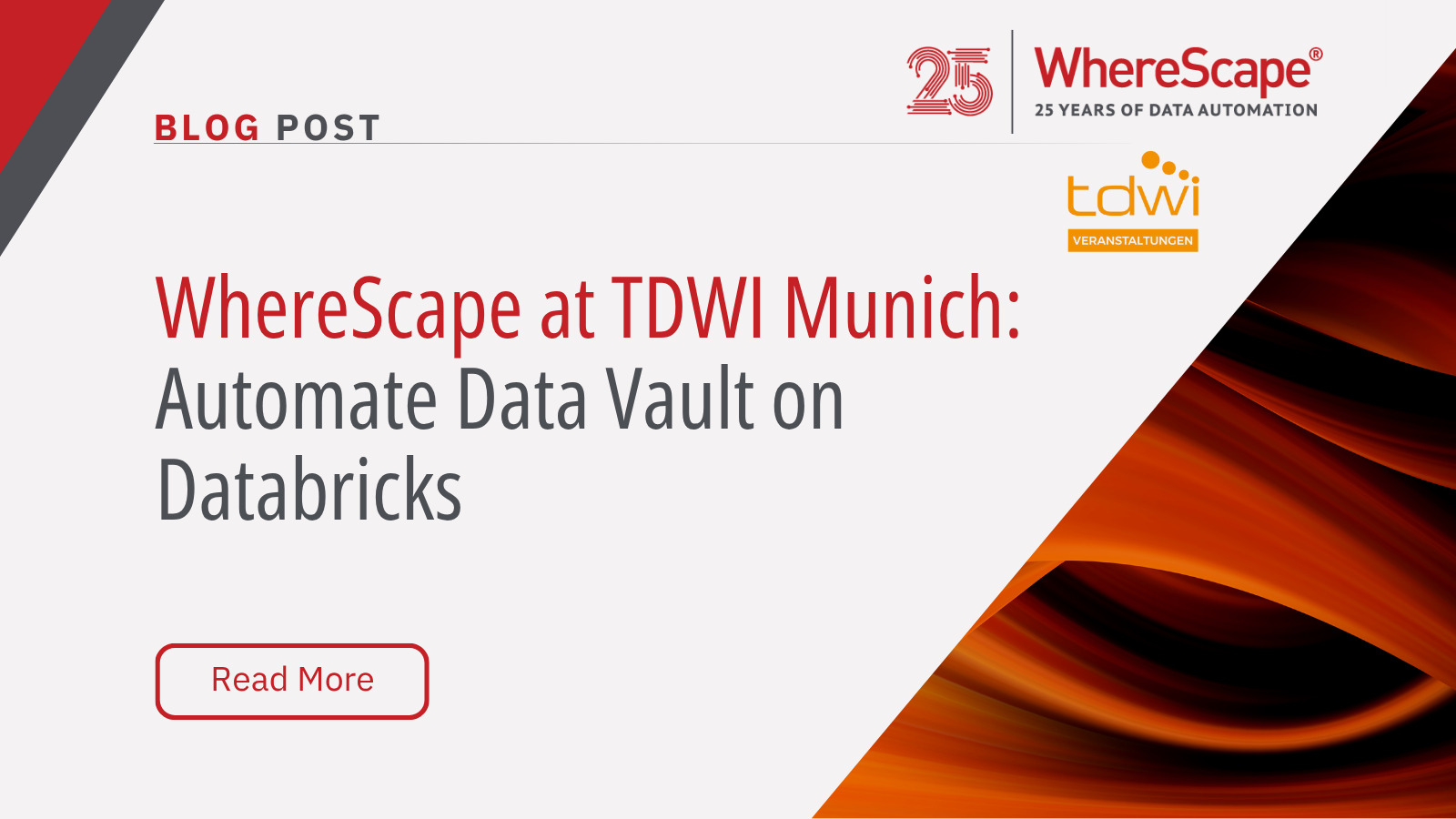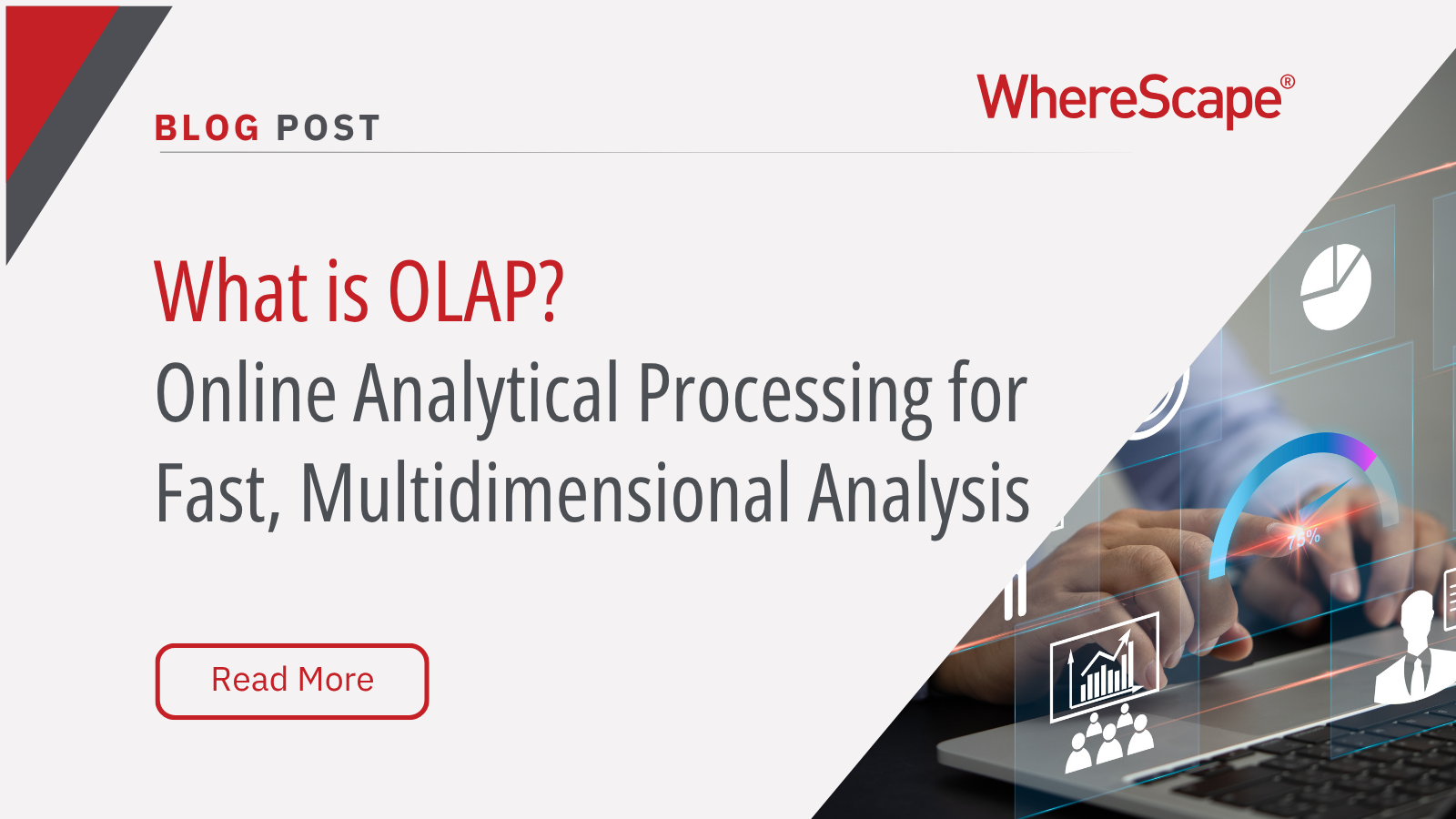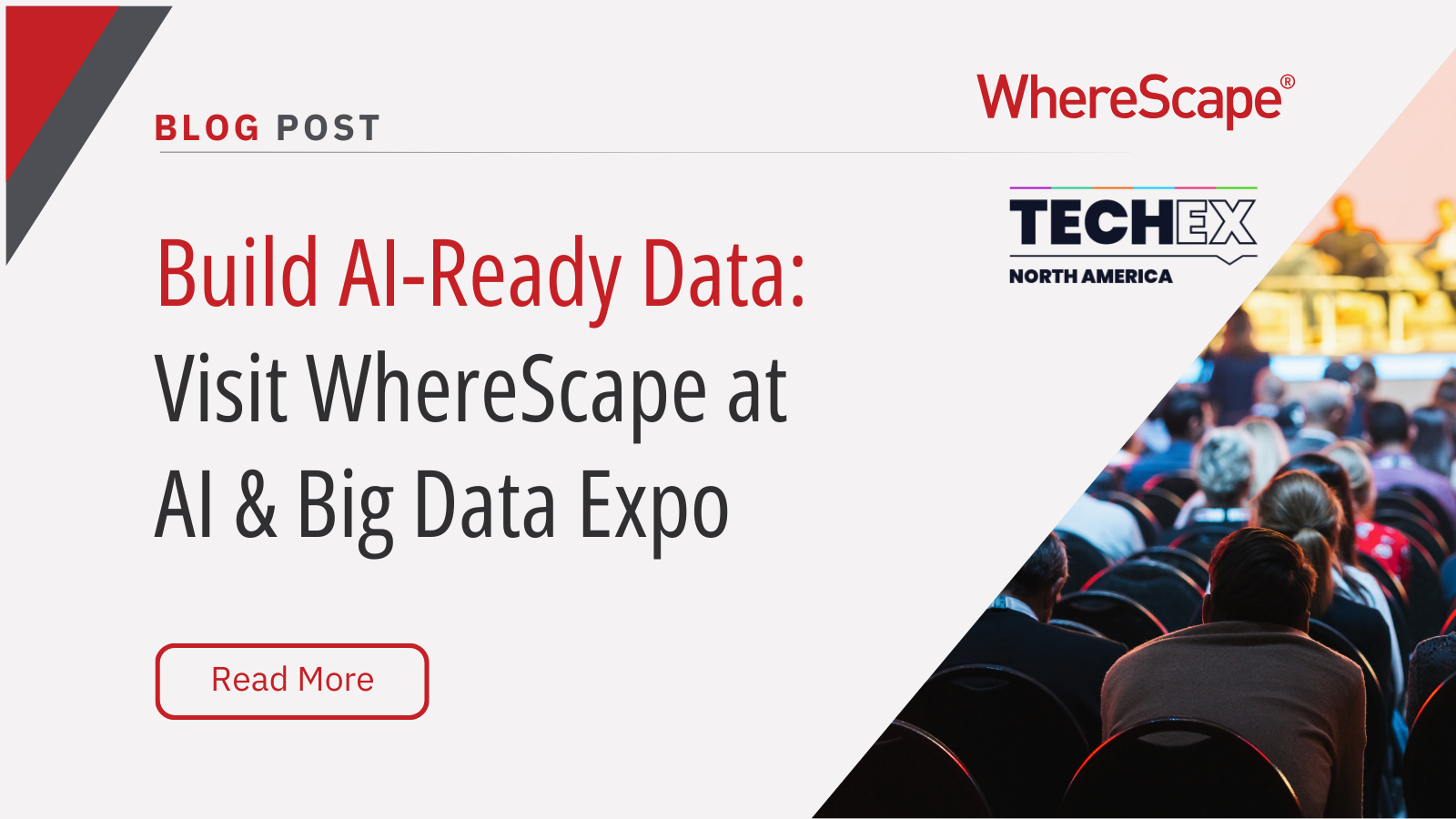Tune in for a free, live virtual hands-on lab...
What is a Data Model? How Structured Data Drives AI Success
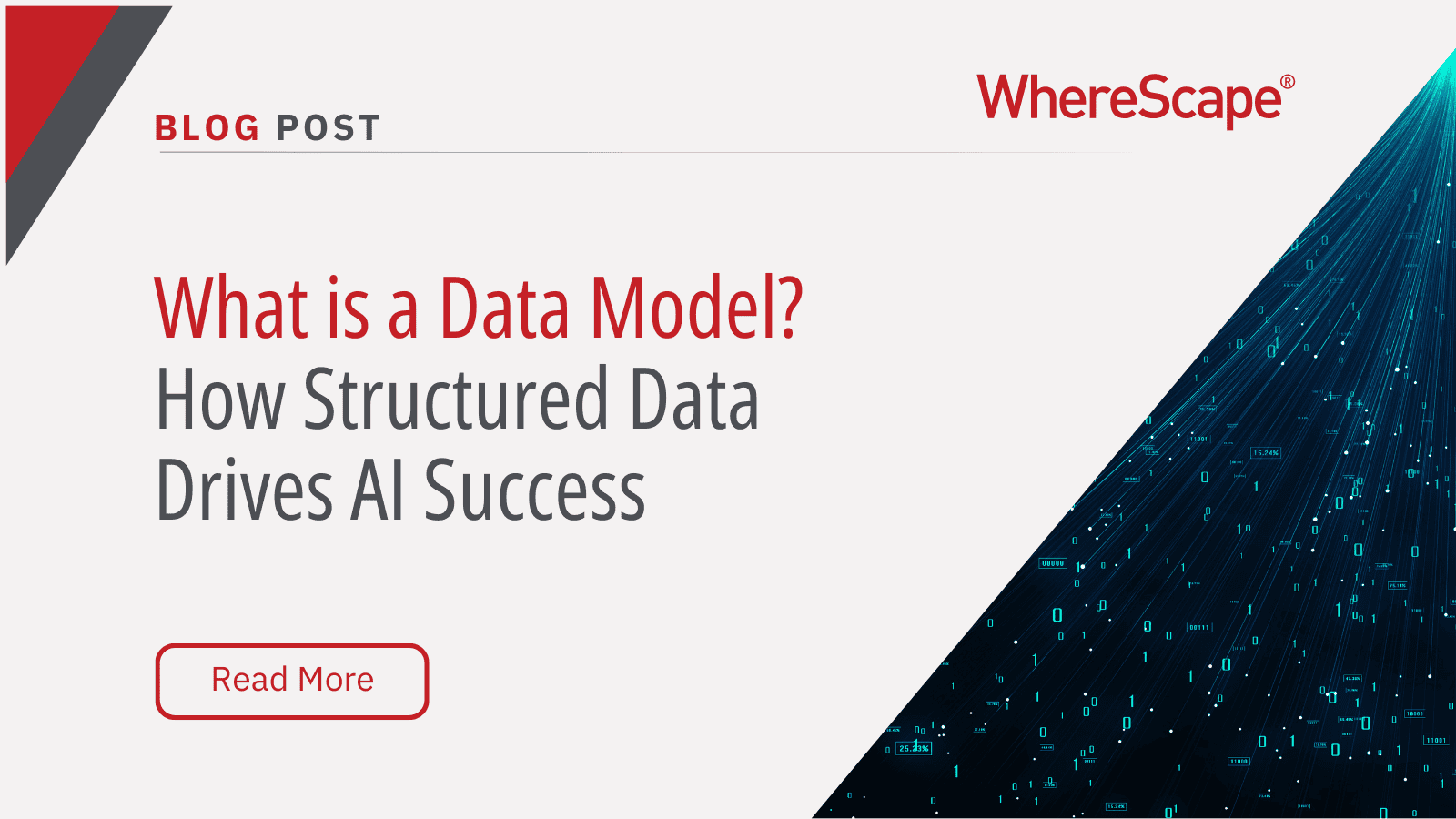
What is a data model?
According to the 2020 State of Data Science report by Anaconda, data scientists spend about 45% of their time on data preparation tasks, including cleaning and loading data. Without well-structured data, even the most advanced AI systems can struggle to deliver meaningful results.
A data model defines how information is organized, connected, and maintained within a system. It standardizes relationships between data elements and real-world entities, making it easier to manage, access, and ensure consistency across business processes and systems.
As artificial intelligence (AI) technologies evolve, effective data modeling has become critical. Strong data structures allow AI systems to process information efficiently, leading to faster insights, better analytics, and more reliable outcomes.
Importance of Data Modeling
Data Models establish the connections and processes for data within a system, playing a crucial role in unifying enterprise segments like IT, management, and business analysts. Together, they cooperatively design information systems that need well-defined and formatted data. Supporting a consistent, clean data exchange, data models cater to various use cases such as database modeling, information system design, and process development.
In AI systems, data modeling provides a clear structure for organizing and managing data. It directly affects how efficiently and accurately people can use data, influencing the overall performance of AI initiatives. Data modeling is essential for technical specialists building models, analysts interpreting results, and managers overseeing data processes.
Types of Data Modeling
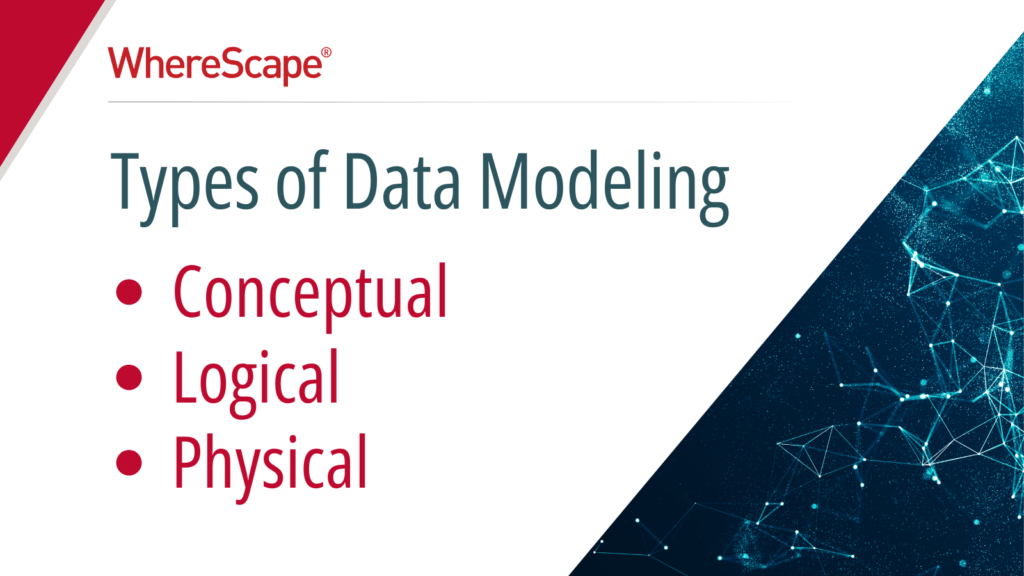
Conceptual Data Model
Also known as a domain model, this type represents the highest level of abstraction. The conceptual data model actively explores and details your high-level, static business structures and concepts, commonly used during the discovery stage of new projects. It includes elements such as basic business rules for the application, categories or entity classes of data you intend to incorporate, and any regulations that might restrict your layout options.
Conceptual models are pivotal during the early stages of AI projects, helping identify relationships between different data entities. This approach ensures a solid foundation, enhancing the overall strategic direction of an AI initiative.
Logical Data Model
This type takes into account more relational factors than the conceptual data model does. It describes data elements in detail and facilitates the development of visual understandings of data entities, their defining attributes, keys, and the relationships among them. Data warehousing plans find this model especially useful.
Logical data models provide a detailed view of data structures and relationships without focusing on the technical aspects of data storage or retrieval. These models contribute to more efficient data organization, improving the performance of AI systems by defining precise data relationships.
Physical Data Model
This model stands as the most detailed and typically represents the final step before creating a database. Designers use these models to craft the internal schema of a database, taking into account the specific properties and rules of the database management system (DBMS), including the tables, their columns, and the relationships among them.
Physical data models translate logical data into detailed schemas that guide the creation of the database. The effectiveness of physical data models directly affects AI outcomes, as they dictate the specifics of data storage and management, which influence the system’s performance and response time.
Designers generally use physical data models to create three types of databases: relational models for traditional operational databases, document models for NoSQL and JSON databases, and dimensional models for aggregation and business intelligence data stores, such as data warehouses and data marts.
Different Design and Infrastructure Data Methods
Apart from the three main types of data modeling, organizations can choose from several different design and infrastructure methods to visualize their data model.
Entity Relationship Model
Based on the concept of real-world entities and their relationships, this approach highlights data entities and uses diagrams to illustrate their connections. In translating real-world scenarios into the database model, the ER Model constructs entity sets, relationship sets, general attributes, and constraints to clarify how data should interconnect within a database. The ER Model focuses on entities, their attributes, and the relationships among these entities.
Object-Oriented Data Model
This design method groups entities into class hierarchies based on real-world situations, making complex data points more understandable. Developers often use object-oriented design in the early stages of multimedia technology development. In this approach, they represent information as objects, encapsulating both data and relationships within a single structure known as an object.
Hierarchical Data Model
Hierarchical data models resemble a family tree layout. It represents the data in a tree-like structure in which your data entities look like “parents” or “children” and branch off from other data that shares a relationship with them, with a single parent responsible for each record.
Relational Data Model
This model mirrors the hierarchical data model but adopts a more scientific approach. It maps the connections among various data tables, moving beyond simple parent-child relationships. As one of the most popular data models in database management systems (DBMS), it relies on first-order predicate logic and defines a table as an n-ary relation
Data Modeling Best Practices
Despite the criticality of data modeling, certain pitfalls can lead to suboptimal AI performance. A common misstep is overlooking the need for regular model updates. As data continues to evolve, so should your models. Neglecting to incorporate changes in data trends and patterns can result in outdated and ineffective models. Regular data model reviews help keep them current and relevant.
Another frequent oversight is neglecting data security and privacy considerations while creating models. Given the sensitive nature of data handled by AI systems, robust security measures must be integral to data modeling. Prioritizing data security and privacy can help avoid potential data breaches and non-compliance issues.
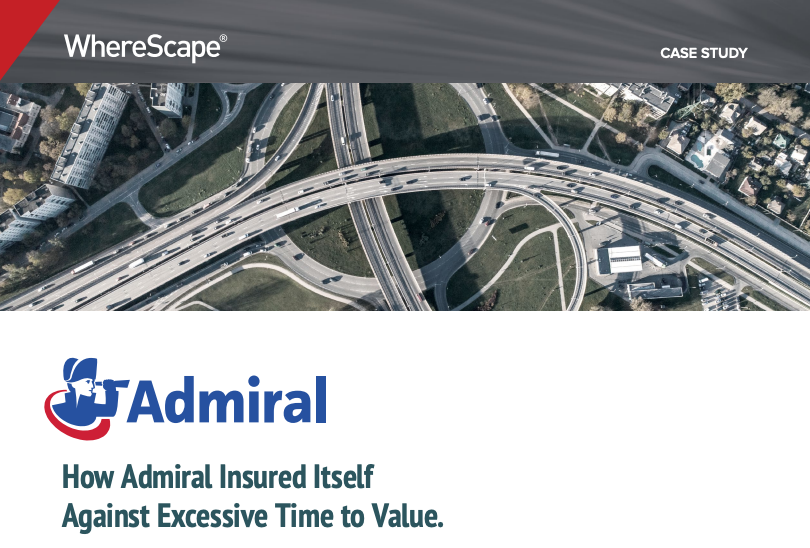
Case Study: Admiral Insurance’s Transformation with Automated Data Modeling
Admiral Insurance, headquartered in Cardiff, Wales, with 9,000 employees, faced challenges with its complex data ecosystem because of reliance on manual coding and traditional methodologies. This resulted in delays that hindered strategic and operational efficiency.
Data Model Automation
In response, Admiral partnered with WhereScape, incorporating WhereScape® 3D and WhereScape® RED, Teradata, and Microsoft SQL Server to transition from manual coding to an automated data modeling framework. This move significantly reduced their time to production from a week to under a day and bug fixing from two weeks to just two hours.
Overcoming Data Modeling Challenges
Admiral’s challenges included slow database deployments, outdated documentation, no data lineage, and difficulties in scheduling. WhereScape automation enabled rapid creation and deployment of data structures, automating code generation, and improving responsiveness to end-user requests.
Key Benefits of Automation
- Efficiency: Quick development and learning curve with WhereScape tools, enabling rapid project deployment.
- Collaboration: Improved IT and business collaboration, using prototypes for precise requirement confirmation.
- Adaptability: Platform-agnostic tools facilitated seamless technology migrations, ensuring future-proof data infrastructure.
Looking Ahead
The adoption of WhereScape’s automation tools has transformed Admiral’s IT service delivery, aligning it with the demands of the digital marketplace. The company now plans to expand its data platforms, including SQL Server and Cloud technologies, under WhereScape’s framework. This approach not only supports GDPR compliance but also maintains Admiral’s competitive edge by enabling agile, accurate data management and development.
The case study underscores the power of automated data modeling in modernizing data management practices, demonstrating how Admiral Insurance leveraged technology to streamline operations, enhance collaboration, and future-proof its data infrastructure
Automated Data Modeling
Automated data modeling, as demonstrated by Admiral Insurance’s collaboration with WhereScape, significantly enhances data management efficiency, collaboration, and adaptability. This transformative approach reduces production times, improves project deployment, and ensures a future-proof data infrastructure. Through conceptual, logical, and physical models, alongside methodologies like entity relationship and object-oriented models, businesses can effectively organize and leverage their data.
Powering AI Success Through Effective Data Modeling
Mastering data modeling is essential for AI success and business growth. No matter your role, the ability to implement efficient data models is key to driving results. WhereScape’s automation tools streamline and enhance your data modeling, which ensures that you build your AI initiatives on a solid foundation.
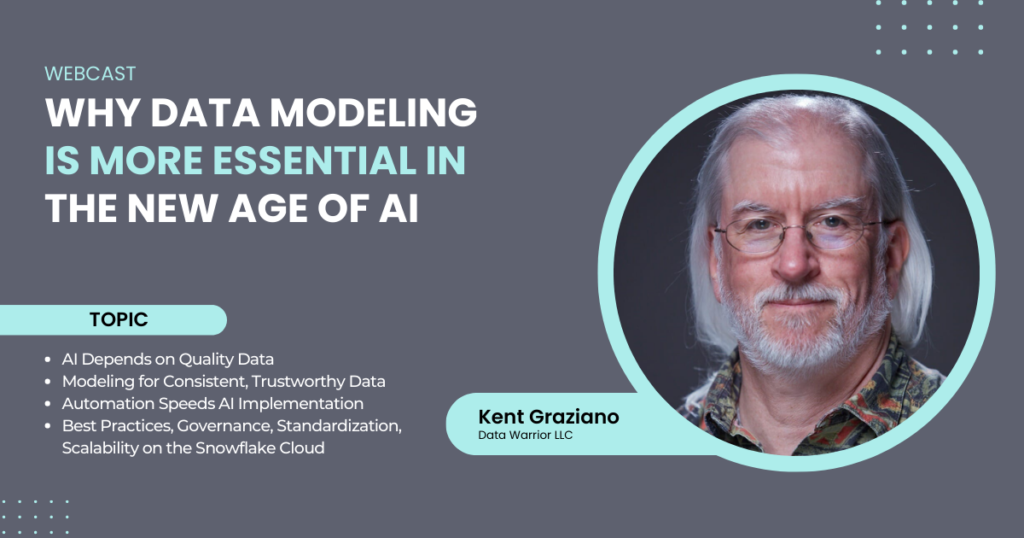
For a closer look at the connection between data modeling and AI, we recommend watching our on-demand webcast, “The Essential Role of Data Modeling in the AI Era,” featuring expert Kent Graziano and WhereScape. This session shows how strong data models are for giving AI reliable, organized data. This leads to better results and quicker implementation.
Ready to unlock the full potential of your data? Book a demo with WhereScape today and see how our solutions can power your AI success.
FAQ
AI needs high-quality, organized data to work properly. A strong data model makes it easier for AI systems to find, understand, and learn from the information they use. This leads to better insights and faster results.
When data is organized using a model, it’s easier to manage, protect, and use in everyday business processes. It ensures data is accurate and aligned with business goals, making operations more efficient and reliable.
Conceptual Model: Big-picture view showing what data is needed and how it relates to business needs.
Logical Model: A detailed map showing how different pieces of data connect, without focusing yet on how it will be stored.
Physical Model: The most detailed version that shows exactly how data will be stored in databases, including tables, fields, and rules.
Hierarchical models work best when your data has clear parent-child relationships, like an organizational chart. They make it easy to organize data that naturally falls into layers or tiers.
Relational models organize data in tables that link to each other, making it easy to add new types of relationships later.
Hierarchical models organize data like a tree, where each item has one “parent,” which works well for fixed structures.
A conceptual model focuses on what information is needed and how it fits together — without technical details.
A physical model gets into the technical side, showing exactly how the data will be stored and managed in a database.
Data modeling tools help design clear structures for how data connects. They make sure data relationships are correct and easy to manage, which protects the quality and reliability of the information over time.
About the Authors
Patrick O’Halloran is a Senior Solutions Architect at WhereScape with over two decades of experience in data warehousing and analytics. He works with global organizations to implement automated data infrastructure using WhereScape RED and 3D, helping teams scale their data operations efficiently and reliably.
Kortney Phillips is the Marketing Manager at WhereScape, specializing in data automation strategies and technical content. She collaborates closely with data architects and engineers to translate complex data processes into accessible, actionable insights.
WhereScape at TDWI Munich: Automate Data Vault on Databricks
WhereScape at TDWI Munich 2025: Automate a Full Data Vault on Databricks in Just 45 Minutes June 24–26, 2025 | MOC Munich, Germany As data complexity grows and business demands accelerate, scalable and governed data architectures are no longer optional—they're...
What Is OLAP? Online Analytical Processing for Fast, Multidimensional Analysis
Streamline your data analysis process with OLAP for better business intelligence. Explore the advantages of Online Analytical Processing (OLAP) now! Do you find it challenging to analyze large volumes of data swiftly? A Forrester study reveals that data teams spend...
Build AI-Ready Data: Visit WhereScape at AI & Big Data Expo
June 4–5, 2025 | Booth 202 | Santa Clara Convention Center As organizations scale their artificial intelligence and analytics capabilities, the demand for timely, accurate, governed, and AI-ready data has become a strategic priority. According to Gartner, through...
Automating Star Schemas in Microsoft Fabric: A Webinar Recap
From Data Discovery to Deployment—All in One Workflow According to Gartner, data professionals dedicate more than half of their time, 56%, to operational tasks, leaving only 22% for strategic work that drives innovation. This imbalance is especially apparent when...
ETL vs ELT: What are the Differences?
In working with hundreds of data teams through WhereScape’s automation platform, we’ve seen this debate evolve as businesses modernize their infrastructure. Each method, ETL vs ELT, offers a unique pathway for transferring raw data into a warehouse, where it can be...
Dimensional Modeling for Machine Learning
Kimball’s dimensional modeling continues to play a critical role in machine learning and data science outcomes, as outlined in the Kimball Group’s 10 Essential Rules of Dimensional Modeling, a framework still widely applied in modern data workflows. In a recent...
Automating Data Vault in Databricks | WhereScape Recap
Automating Data Vault in Databricks can reduce time-to-value by up to 70%—and that’s why we hosted a recent WhereScape webinar to show exactly how. At WhereScape, modern data teams shouldn't have to choose between agility and governance. That's why we hosted a live...
WhereScape Recap: Highlights From Big Data & AI World London 2025
Big Data & AI World London 2025 brought together thousands of data and AI professionals at ExCeL London—and WhereScape was right in the middle of the action. With automation taking center stage across the industry, it was no surprise that our booth and sessions...
Why WhereScape is the Leading Solution for Healthcare Data Automation
Optimizing Healthcare Data Management with Automation Healthcare organizations manage vast amounts of medical data across EHR systems, billing platforms, clinical research, and operational analytics. However, healthcare data integration remains a challenge due to...
WhereScape Q&A: Your Top Questions Answered on Data Vault and Databricks
During our latest WhereScape webinar, attendees had fantastic questions about Data Vault 2.0, Databricks, and metadata automation. We’ve compiled the best questions and answers to help you understand how WhereScape streamlines data modeling, automation, and...
Related Content
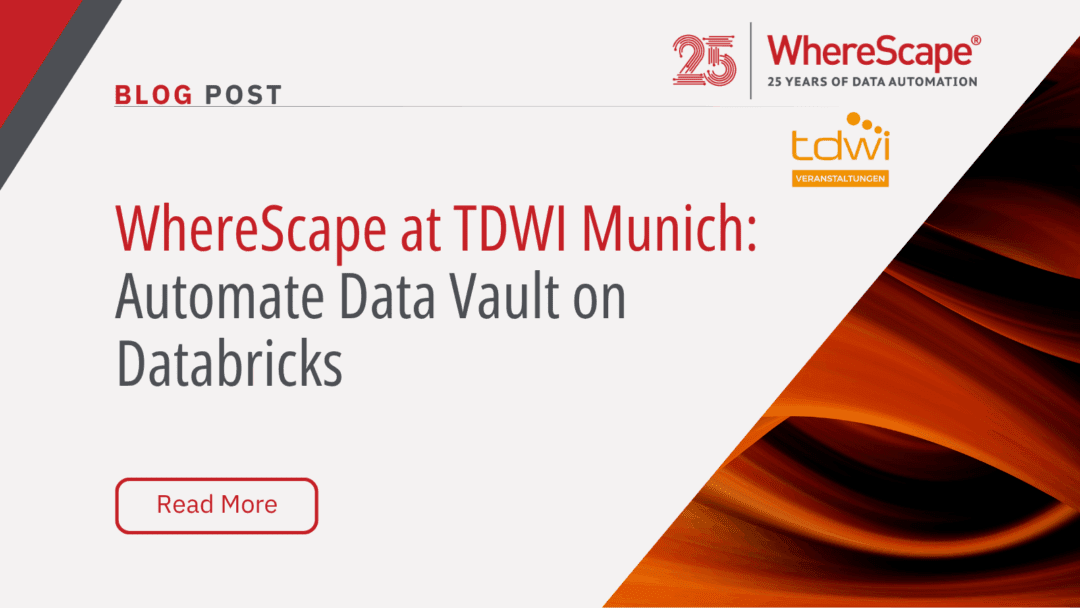
WhereScape at TDWI Munich: Automate Data Vault on Databricks
WhereScape at TDWI Munich 2025: Automate a Full Data Vault on Databricks in Just 45 Minutes June 24–26, 2025 | MOC Munich, Germany As data complexity grows and business demands accelerate, scalable and governed data architectures are no longer optional—they're...
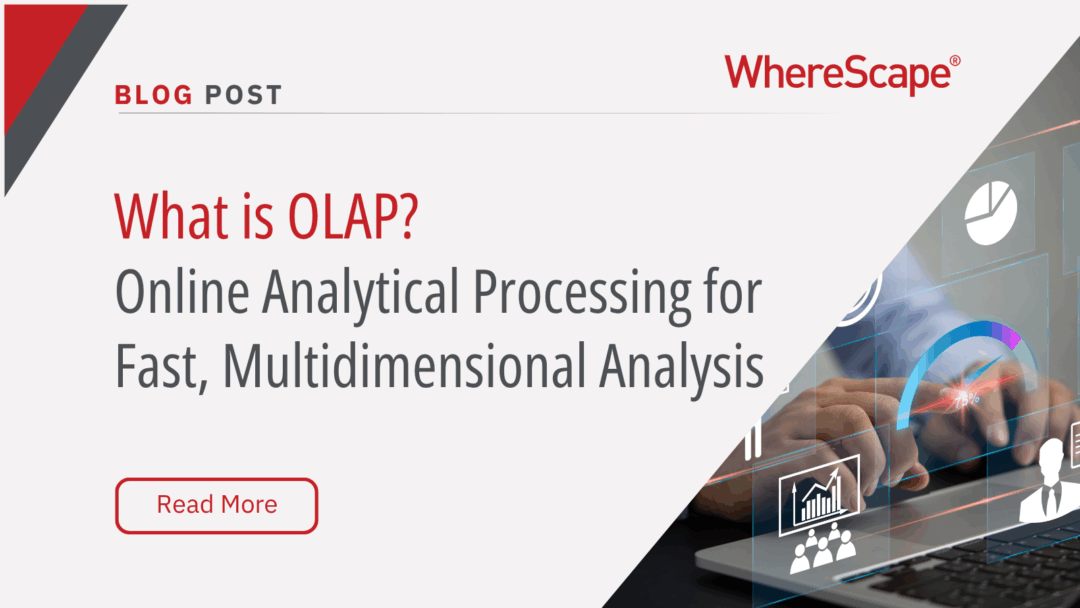
What Is OLAP? Online Analytical Processing for Fast, Multidimensional Analysis
Streamline your data analysis process with OLAP for better business intelligence. Explore the advantages of Online Analytical Processing (OLAP) now! Do you find it challenging to analyze large volumes of data swiftly? A Forrester study reveals that data teams spend...
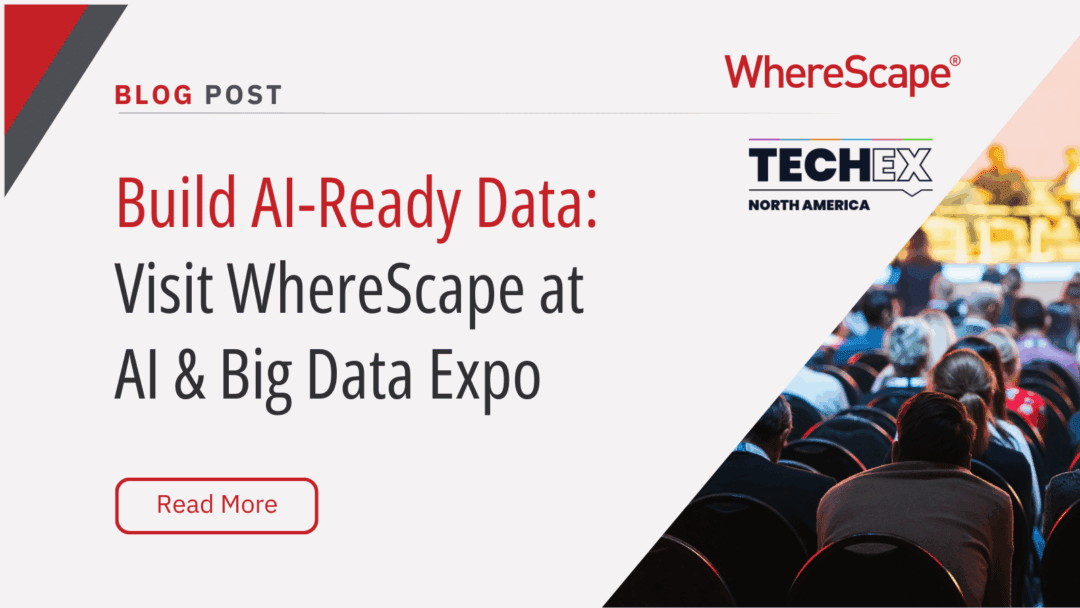
Build AI-Ready Data: Visit WhereScape at AI & Big Data Expo
June 4–5, 2025 | Booth 202 | Santa Clara Convention Center As organizations scale their artificial intelligence and analytics capabilities, the demand for timely, accurate, governed, and AI-ready data has become a strategic priority. According to Gartner, through...

Automating Star Schemas in Microsoft Fabric: A Webinar Recap
From Data Discovery to Deployment—All in One Workflow According to Gartner, data professionals dedicate more than half of their time, 56%, to operational tasks, leaving only 22% for strategic work that drives innovation. This imbalance is especially apparent when...


